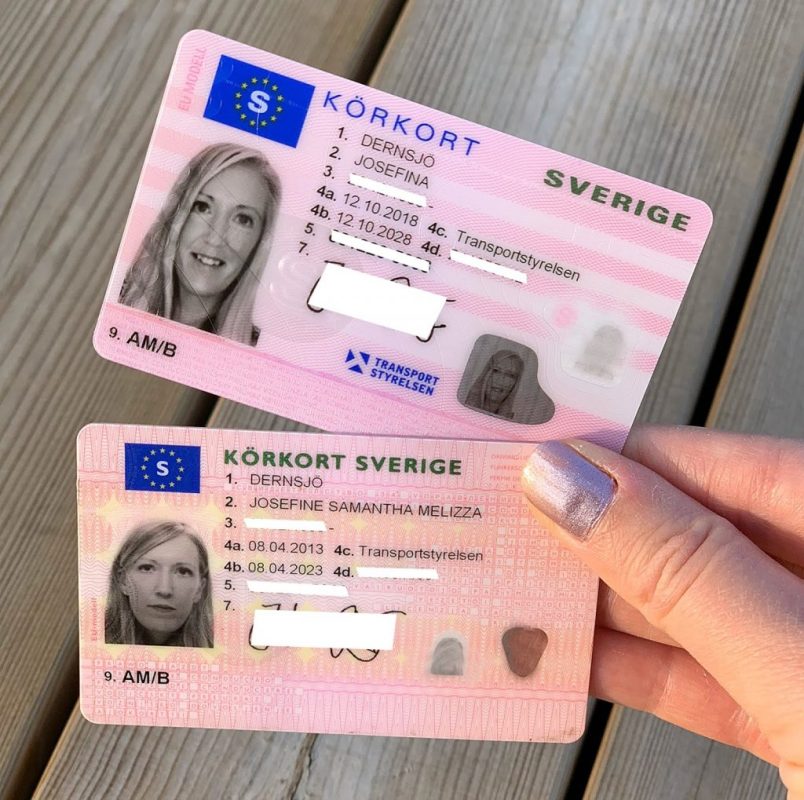Navigating the New Landscape of Driving License ID Handling in 2025
In every society, the driving license works as an essential file, not simply as an evidence of the capability to operate a vehicle however also as a recognition tool. As we step into 2025, considerable modifications have actually emerged concerning the handling and management of driving licenses, primarily affected by advances in technology, evolving regulations, and the need for boosted security procedures. This article aims to provide an extensive introduction of driving license ID handling in 2025, elucidating the innovations included, the upcoming legal improvements, and providing responses to typical questions.
The Transition to Digital Driving Licenses
Among the most noteworthy changes in driving license ID handling is the extensive adoption of digital driving licenses. These digital licenses are stored digitally on smartphones, using numerous benefits to both chauffeurs and authorities. In the United States, for example, lots of states have actually begun carrying out digital motorist's licenses, while nations such as Canada and the UK are expected to do the same quickly.
Key Benefits of Digital Driving Licenses
- Convenience: Easily accessible on mobile devices, eliminating the need to carry physical copies.
- Improved Security: Incorporating biometric functions and file encryption helps to combat identity theft and scams.
- Real-time Updates: Immediate updates to personal information, such as modifications in address or status, enhance accuracy.
Obstacles and Concerns
Despite the advantages, the transition to digital licenses provides obstacles, consisting of issues about personal privacy, cybersecurity hazards, and the digital divide affecting those without access to smartphones or the web.
Changes in Regulatory Framework
As we head into 2025, several guidelines surrounding driving licenses have actually come under analysis and improvement. Federal governments and regulative bodies are concentrating on guaranteeing that driving licenses are secure, valid, and provided in compliance with recognized laws.
Key Legislative Trends
Standardized ID Formats: Countries are moving towards a standardized format for driving licenses to streamline validation and improve security.
Increased Verification Procedures: Authorities are now utilizing innovative approaches such as facial recognition and AI to improve confirmation procedures at checkpoints.
Concentrate on Sustainability: With growing ecological issues, many states are choosing for eco-friendly materials for physical licenses and checking out robust digital alternatives.
Age and Identity Verification: Enhanced procedures are being put in location to accurately validate the age and identity of drivers, especially in contexts where age-related laws use to driving.
The Global Perspective: State-By-State Comparison
| Nation | Digital License Implementation | Existing Regulations | Noteworthy Features |
|---|
| United States | Several states in development | Varies by state, efforts to merge formats | QR codes for easy recognition |
| Canada | In pilot phases | Standardized identification throughout provinces | Combination with health IDs |
| United Kingdom | Early adoption phase | Focus on online renewal and info updates | Digital confirmation via the app |
| Australia | Under factor to consider | Progressively rigid identification procedures | Concentrate on scams avoidance |
The Role of Technology in ID Handling
Technology is transforming how driving licenses are handled. AI, blockchain, and biometrics are becoming essential to driving license issuance and verification.
Developments Shaping the Future
Expert system: AI algorithms are now made use of for recognizing patterns in driving habits, which can notify insurance coverage premiums and legal implications.
Blockchain Technology: Ensuring the integrity and authenticity of driving license data, blockchain technology permits safe and secure sharing of information in between authorities without fear of tampering.
Biometrics: Increasingly, biometric systems are carried out at the point of issuance and confirmation, such as facial acknowledgment and finger print scanners, to guarantee safe identity confirmation.
Potential Impacts of Emerging Technologies
The execution of these innovations can cause enhanced reliability and security of driving IDs, however it raises questions about data privacy and Körtkortonline (Www.butlrbox.com) user consent.
Frequently Asked Questions (FAQs)
1. What should I do if my digital driving license is lost or stolen?
You should instantly report the loss or theft to your regional motor vehicle firm. Many digital licenses have integrated features to disable gain access to remotely.
2. Are digital driving licenses accepted all over?
Since 2025, acceptance of digital licenses varies by area. It's advised to carry both digital and physical copies when taking a trip across state or nationwide borders.
3. Can I update my information on a digital driving license?
Yes, updates can frequently be made through the associated mobile application or website of the releasing authority.
4. What are the security measures for digital licenses?
Digital licenses typically include functions such as encryption, two-factor authentication, and biometric verification to enhance security.
5. How will traditional driving licenses be impacted?
The relocation towards digital licenses might decrease the issuance of physical licenses, but they will still be readily available for those unable to access digital alternatives.
As we advance into a new era in 2025, the handling of driving licenses is optimizing to fulfill the demands of contemporary society. Through technological developments and regulative reforms, people can expect a more secure, effective, and streamlined process for obtaining and managing their driving licenses. Nevertheless, as digital services proliferate, it stays important to address challenges connecting to privacy, security, and availability, making sure fair road access for all drivers while safeguarding individual information. As federal governments throughout the world continue to adapt to these modifications, the future of driving license ID handling is set to be both dynamic and transformative.
